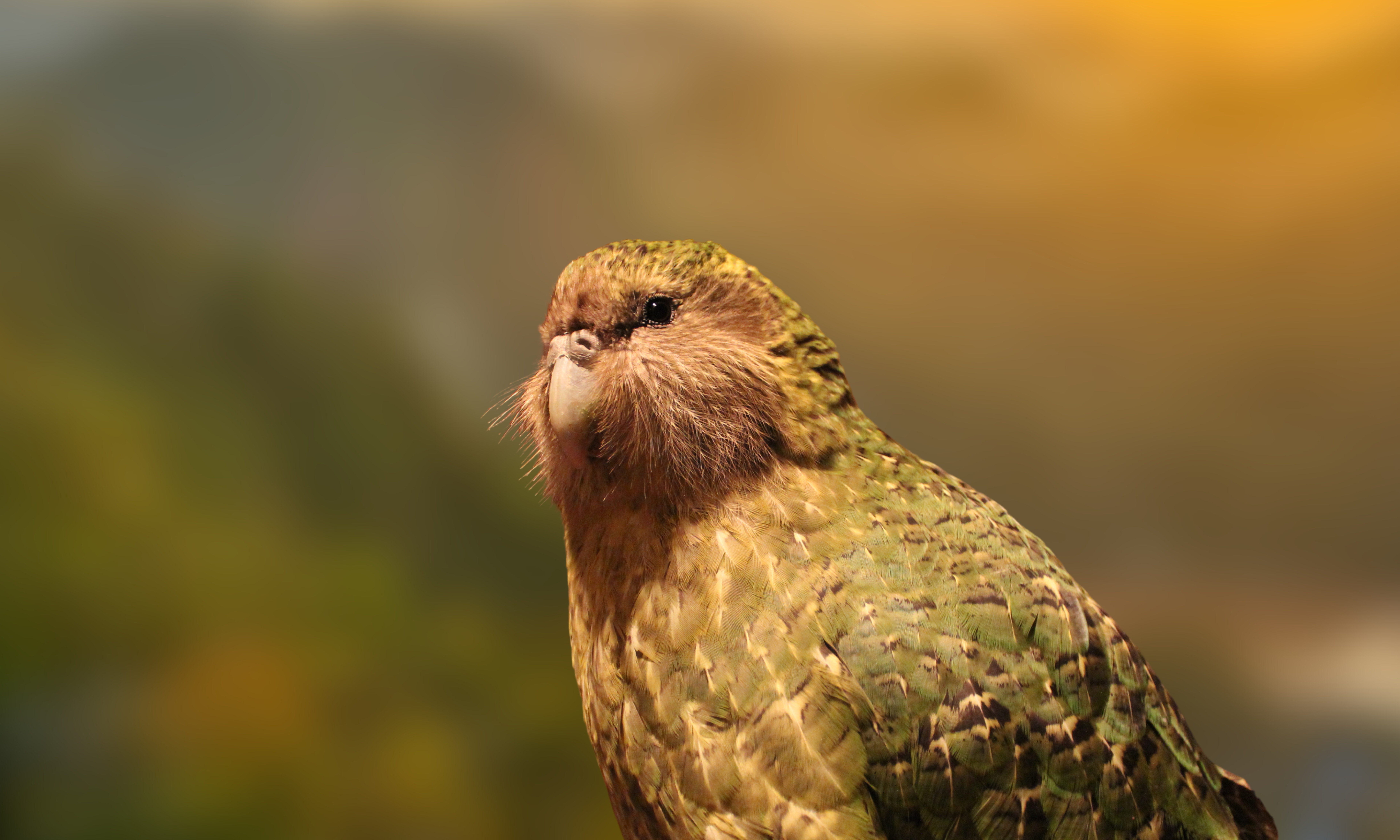New Zealand is racing to shield its most endangered birds, including the kākāpō, from the global spread of H5N1 avian influenza. With fewer than 250 kākāpō left, a single outbreak could prove catastrophic.
The country’s Department of Conservation recently completed a world-first vaccination trial, using a poultry vaccine on five critically endangered species. Four—including the kākāpō—developed strong antibody responses lasting at least six months.
Conservationists aim to protect captive breeding populations on offshore islands, but mass vaccination in the wild remains impractical. The challenge will be timing doses ahead of spring migration, when seabirds could carry the virus into Oceania.
Globally, similar efforts are underway: the US vaccinated over 200 California condors after H5N1 killed part of the wild flock. But experts warn that outdated vaccines and partial coverage could fuel viral evolution.
Despite risks, vaccination may be the best safeguard for species already on the brink. As one expert put it: start too soon, and protection fades; start too late, and the chance to save them may be lost.


